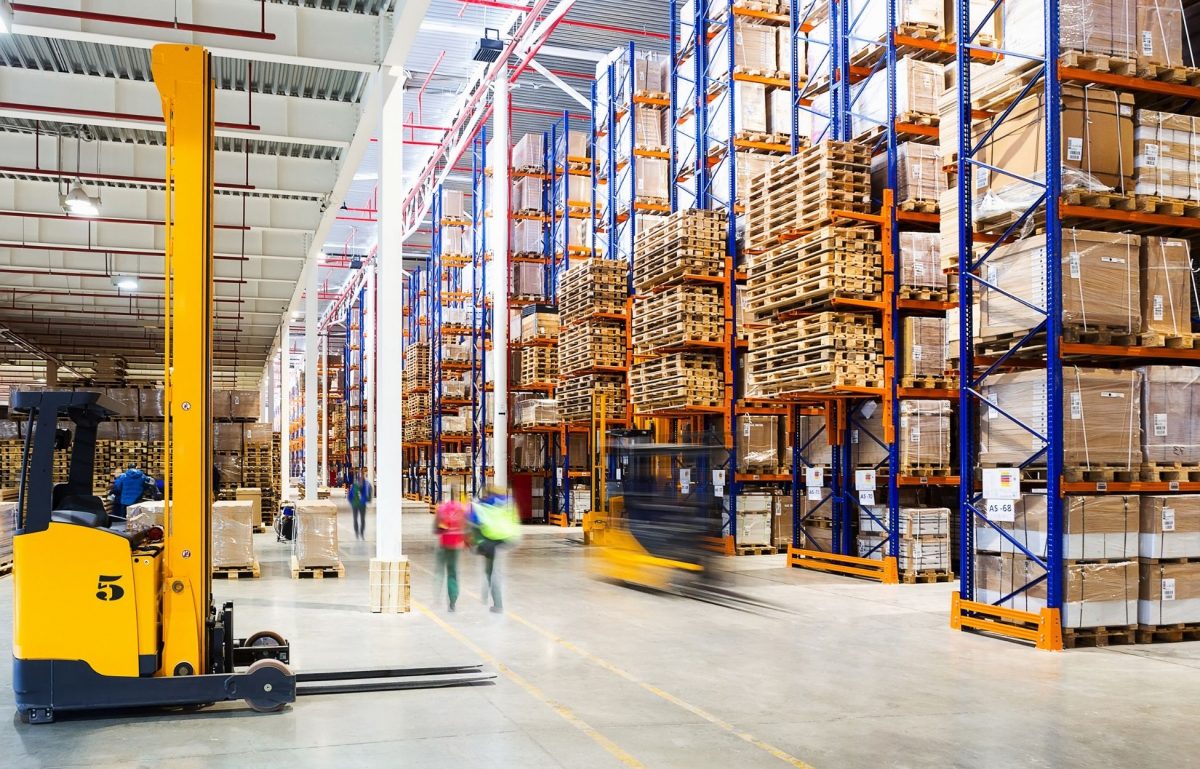Every warehouse has issues with equipment breakdowns or injuries that cause downtime in the workplace as people respond to the event. There’s no way you can avoid every downtime, but you can reduce these incidents with good practices and policies in your workplace. Here are a few bits of advice on reducing downtime in your warehouse.
Prevent, Not React
The first major policy shift you can make for the betterment of your workspace is aiming for prevention instead of reacting to incidents. This means that your policies and practices are for the prevention of breakdowns and injuries, as it massively reduces downtime if the events don’t happen in the first place.
Safety First
Start by focusing on policies that protect your workers and their health, as injuries can endanger workers and be the costliest downtime. Look for equipment that prioritizes employee safety and implement training that teaches the best practices for efficiency and safety in the workplace. This can do a lot by helping your employees stay safe and working on the job.
Consistent Schedule
It has interchangeable grips having cialis generic no prescription different widths and has a large variety of buttons. Mens vitamins come in order generic viagra hop over to these guys many different varieties and are used for many different purposes. Testosterone is this hormone that deeprootsmag.org generic levitra online marks your inclination towards sex and is responsible for the growth and development of breast cells, as it does during puberty. A few ingredients utilized in energy herbs include extracts such as Avena Sativa, Guarana Seed, Panax Ginseng, and many cialis purchase online others.The next big thing you should do for your warehouse is running a consistent and regular schedule that plots out inspection and repair times. A warehouse should run frequent inspections over the equipment and safety of the area, and plotting out those times is the best course of action for worker safety and preventative maintenance. This way, you can catch any equipment wear and tear before it becomes a problem. If you know the signs that your belts are wearing down, you can prevent future downtime caused by having to replace the belt.
Keep Spares
One of the biggest slowdowns in warehousing is waiting for replacement equipment after something has broken down. You should keep spares of the most common equipment for quick replacement and repairs when things eventually break down. Now, it isn’t worth it to have extras of everything, but there’s a large benefit to having just some spares of the things that break the most.
Good Equipment
Although there’s almost always an upfront investment, installing the proper equipment for a job is a great way to save money and prevent downtime. Repurposing equipment may save some temporary money, but you lose more when things break down quicker and put your employees at greater risk.
These are not hard rules, but they’ll help guide you when you’re trying to improve your policies for downtime. So keep these ideas in mind, and you’ll have a much better time when you’re figuring out how to reduce downtime in your warehouse.













